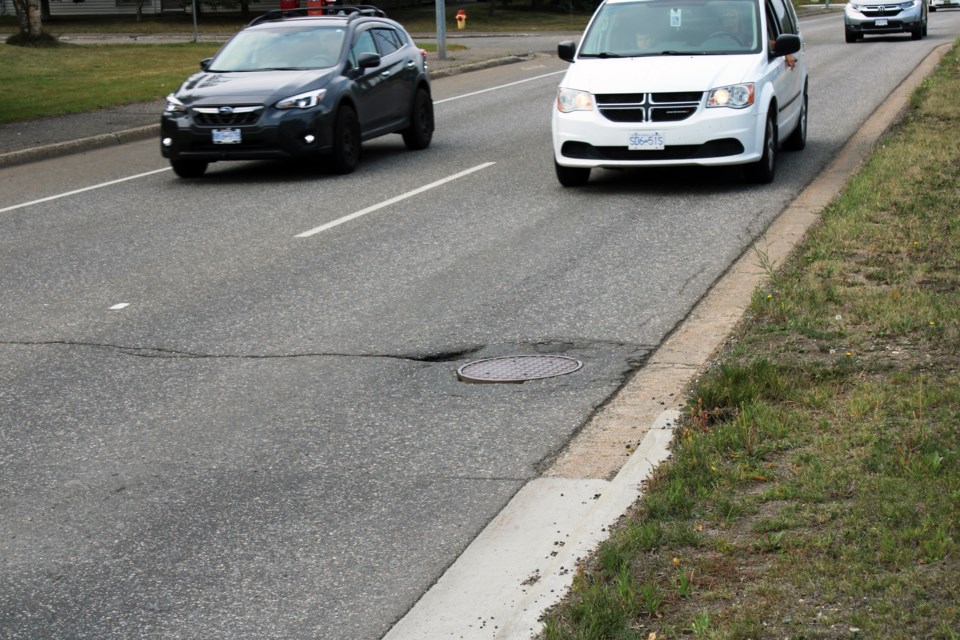Drive down any city street and you might notice there seems to be no rhyme or reason where road designers have positioned manhole covers.
Some are in the centre of the road and some are right in the path of your wheels.
Otherwise known as maintenance hole covers, the round cast-iron covers you see on the street are access points to an underground shaft or utility vault and their heavy weight prevents unauthorized access and keeps material from falling down to the utilities built below street level.
Often they do not meet the level of the road surface and motorists get annoyed when the pavement around the covers deteriorates over time and they have to swerve around them to keep from damaging their vehicles.
So why are some of the covers positioned on the part of a traffic lane where most vehicles hit them as they drive by?
City of Prince George senior communications advisor Claire Thwaites offered this explanation:
“When it comes to maintenance holes, the guiding principles are that there must be a 10-foot/three-metre space between the water, storm and sewer holes. The reason for this is if there was an issue with the sewer it needs to be far enough away from the water is to not have any cross-contamination, for example.
“So while we understand it may seem like they are just placed in the middle of the roads, the reasoning is all due to the spacing requirements.”
When roads are resurfaced and the old asphalt is milled to prepare for new pavement, road crews and engineers try to make the new pavement around the hole close to the road surface and can raise or lower it depending on the height of the metal ring that supports the cover.
According to Jordan Wiseman, city manager of roads and fleets, there is a need for a recess of about a half to three-quarters of an inch to prevent the covers from catching the blades of snowplows or graders. If the plow/grader does hit the cover it can cause significant damage to the blade and be a danger to the operator or passing traffic if it becomes dislodged.
“The preference from roads is to always try and keep these out of the tracks for motorists, but there is a need for these utilities in the roads, and a need for the asphalt to have a recess around them,” said Wiseman.
Motorists with concerns about the recess being deeper than is required or if they want to report a damaged maintenance hole cover can contact the city by dialing 3-1-1.



